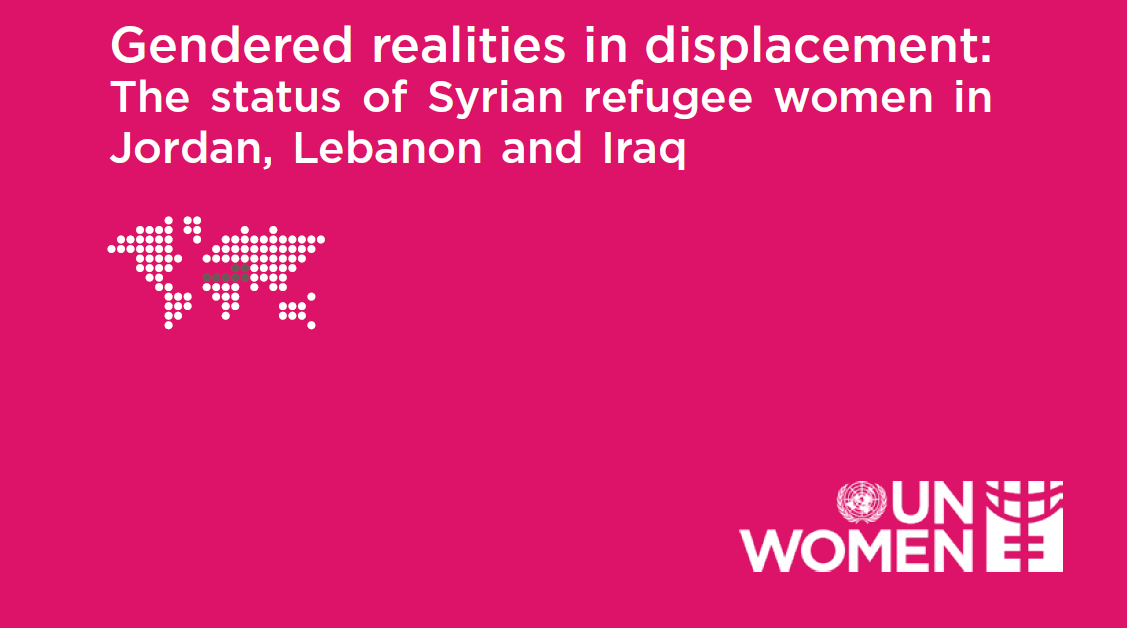
Gendered realities in displacement: The status of Syrian refugee women in Jordan, Lebanon and Iraq

The Syrian refugee crisis remains the largest in the world, with more than 5.5 million Syrian refugees hosted by neighbouring countries. Women and girls are disproportionately and differently impacted by humanitarian crises, but the drivers and consequences of this is not always well understood.
This briefing note provides the headline findings and recommendations from three country studies of the gendered realities of displacement for Syrian refugee women in Jordan, Lebanon and Iraq. The studies investigated refugee women’s role, responsibilities and experiences in displacement, and particularly in the past two years dominated by COVID-19 and economic crises. The research covered women’s employment and economic situation, gendered impacts of coping strategies, changes in women’s household roles and responsibilities, access to services, relationship with host communities, gender-based violence, and the impact of COVID-19.
The findings and recommendations are based on data from two quantitative surveys of nearly 600 Syrian refugee women in each of Jordan and Lebanon (1,155 women in total), nine focus groups with refugee women in Iraq (63 women in total), and key informant interviews in all three countries. An annotated bibliography, covering each thematic area and mapping contextual changes in the three countries was used to triangulate findings from the primary research.